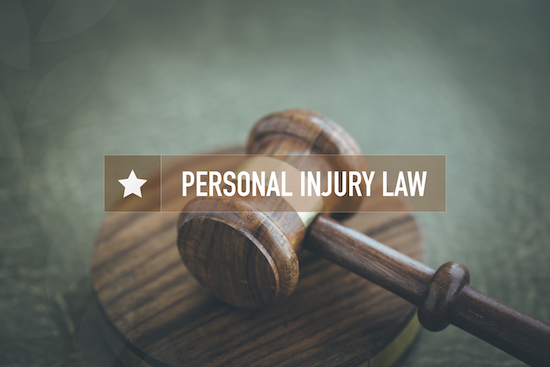Comparative Fault in a Personal Injury Case
 After an accident, establishing who is to blame can be a challenging endeavor. Determining whether someone is liable for your injuries will depend on who is at fault. Additionally, it must also be established that responsible party acted negligently. Further, it is also sometimes the case that the injured party has some culpability for what occurred.
After an accident, establishing who is to blame can be a challenging endeavor. Determining whether someone is liable for your injuries will depend on who is at fault. Additionally, it must also be established that responsible party acted negligently. Further, it is also sometimes the case that the injured party has some culpability for what occurred.
In some states, an injured party can be barred from receiving any damages if it is found that they contributed in any way to the injury. This is true even if the person is only 1% responsible for what happened while the other party was 99% at fault. Fortunately, Florida observes a rule which allows for a more equitable result.
Pure Comparative Fault
When there is a personal injury, Florida law observes something called “pure comparative fault” when analyzing responsibility. This system permits each person’s amount of blame for an injury to be apportioned according to a percentage. Whatever amount you are negligent, your recovery will be limited by the same amount. Once the individual’s amount of responsibility is determined it is then applied to their recovery of damages. For example, if you are suing another driver for negligence and it is determined that you were 70% at fault for the accident, your damages would be decreased by 70% allowing for a total recovery of 30%.
Establishing Negligence
Negligence for an accident can be demonstrated when the person who injured you had a duty not to injure you but did not uphold their duty; the person’s duty was related to your injury, and the person’s failure to meet their duty is what resulted in your damages.
For instance, as drivers, we all have a responsibility to drive in a reasonably safe manner. If a driver consumes excessive alcohol and then crashes into another vehicle and injures the other driver, the inebriated driver has breached their duty to drive safely which is related to the injury to the other person, and their failure to drive safely caused the injury. Therefore, in this situation, the drunk driver would be negligent in hurting the other party.
Proving Fault
Determining and proving who was at fault may be difficult. Having strong evidence such as a driver’s admission on video or photographs of the accident can help support a personal injury claim. However, in some cases, the parties will only have their own versions of what happened. Further, some people may claim responsibility at the scene and change their story completely when questioned by police or their insurance company. Having a reliable and consistent account of the accident is critical and can be the deciding factor in your being able to recover fair damages.
Contact an Experienced Personal Injury Attorney
If you’ve been injured in an accident, you want an experienced Florida personal injury attorney on your case. The attorneys at the Draper Law Office are available to evaluate your case and get you the compensation you deserve. Contact us online or at 866-767-4711 today to set up your free, no-obligation consultation in one of our two locations: Kissimmee, and Orlando.






